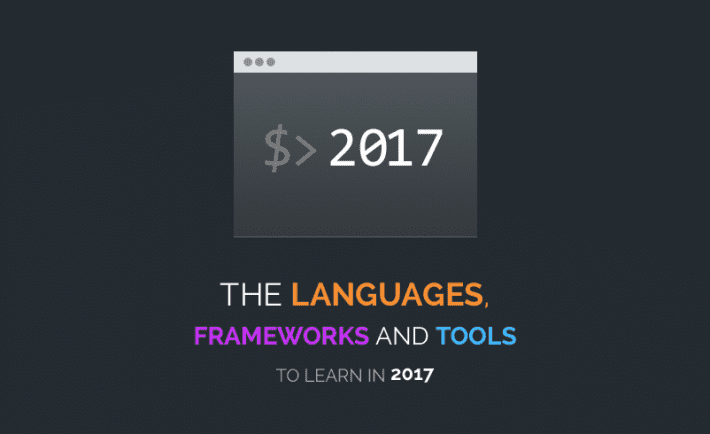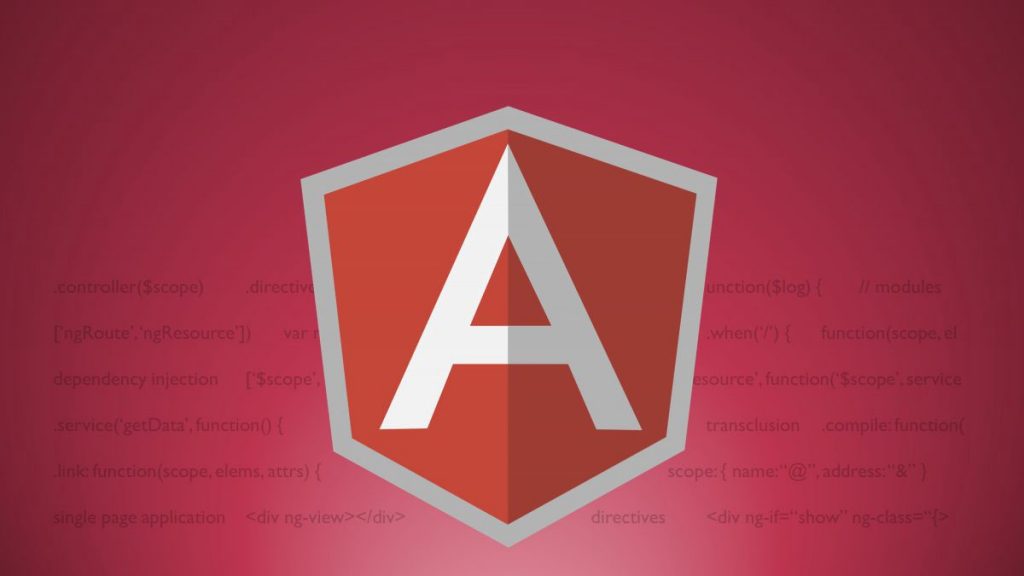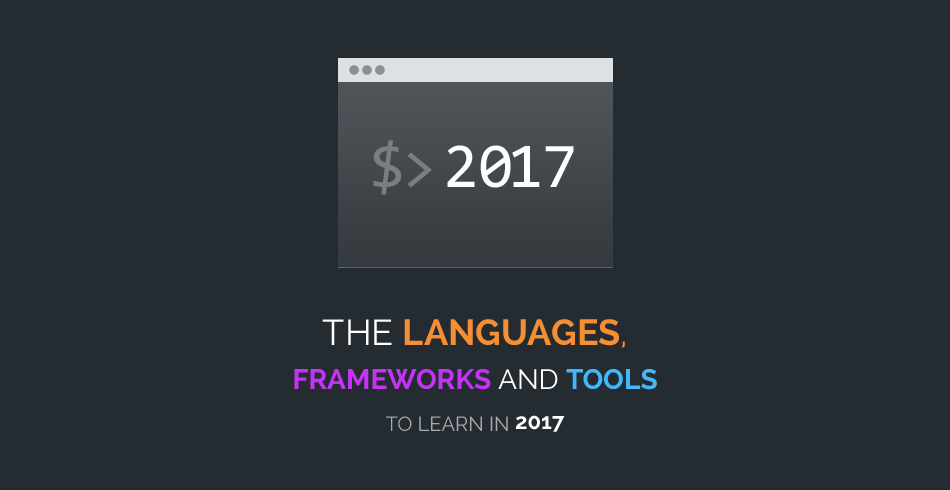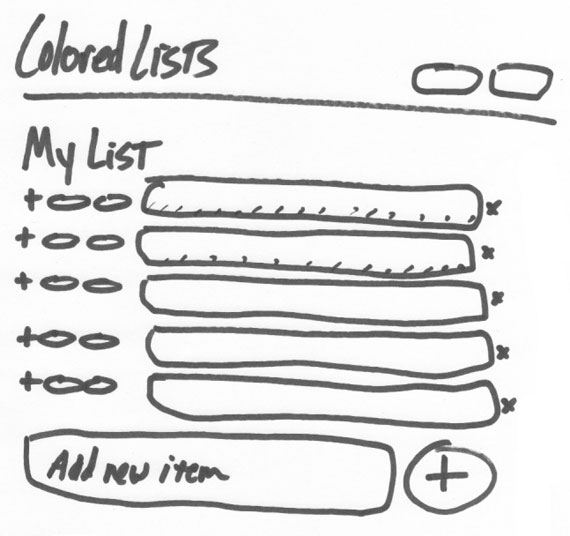
The choice of technology to use in the development of a web app is one of the most important issues any dev team has to deal with, especially if the app in question is going to form a foundation of a future business. The wrong choice in the very beginning can reflect on the entire development cycle and future effectiveness of the app – and the only way to solve this problem is going back and starting anew.
According to 2016 survey by Stack Overflow, the most commonly used programming language on Earth, by a huge margin, is JavaScript. It has absolute dominance in front-end development and is widely used in back-end development as well, although being closely followed by SQL.
This, however, doesn’t mean that other options don’t deserve considering – if they didn’t have their merits, they wouldn’t have existed in the first place. So let’s take a short overview of the options web development company may offer to a client.
JavaScript

5 Best JavaScript Frameworks in 2017
Hands-down the most widespread and dynamically developing programming language for web development, giving the developer a lot of versatility and options, supporting both functional and object-oriented approaches to programming. One of the best things about it is that it works with all the major browsers without additional plugins or compilers. It is a very structured language deriving its syntax from C and very well combines with other languages. In more specific terms, JavaScript is often used for adding animations, new objects, and images to web pages. It also makes for highly receptive user interfaces.
Java

The 7 Best Java Frameworks for 2016
One of the most common languages for back-end development, allowing you to build scalable web apps for a variety of purposes. It is also widely used for native app development for Android devices, which makes Java specialists a versatile addition to any team. It is an object-oriented, secure and robust programming language that allows you to develop high-performance apps and websites like Linkedin or Ebay.
PHP

The Languages and Frameworks You Should Learn in 2017
PHP is a server-side scripting language that is used by many top platforms, including Facebook, a social media platform, and WordPress, an open source CMS. The important thing to remember about it is that the code is normally processed by an interpreter-program, that has to be installed, which is why it is primarily used for server-side programming needs. According to statistics, more than 75 percent of top websites use PHP for their server-side programming, with .NET taking up most of the rest.
.NET
ASP.NET: Building Web Application Using ASP.NET and Visual Studio
ASP.NET is an open source web framework for building modern web apps and services with .NET. ASP.NET creates websites based on HTML5, CSS, and JavaScript that are simple, fast, and can scale to millions of users. Each new release brings about new changes, options, and additions which turn it into an ever more useful tool.
Despite Microsoft’s efforts at open-source software development, .NET is still mainly used on Windows systems, but now it comes to Android and iOS as well, making it possible to use it with various programming languages for multi-platform development.
Python

Building your first web app using Python/Flask
Python has been growing in popularity both in general and specifically in the area of web development over the last few years, and for a number of good reasons. First and foremost, it is possibly the easiest programming language to learn and code in, which means that for a lot of programmers it has become a gateway into coding in general. A number and diversity of Python’s packages as well as the interface that allows the use of third-party packages only add to Python’s versatility. The language has been designed with the aim of making it extensible – which means that Python’s code can easily be incorporated into already existing applications like Spotify or Dropbox.
CSS

Creating a Web App from Scratch – Part 1 of 8: Basic Idea and Design
CSS is not a programming language by itself but rather a markup language that vastly broadens and improves the functionality of simple HTML when used in conjunction with it. It allows the developer to decide how the web app is going to look, altering such things as fonts, layout, coloring and other design aspects.
Ruby

Build a Blog with Ruby on Rails – Part 1
Ruby is akin to Python in terms of simplicity and user-friendliness, which is why it has been rapidly spreading over the last few years. Another advantage is its high scalability and efficiency, allowing to create a working prototype much faster than with most other programming languages. Twitter and AirBnb are famous examples of the use of Ruby language.
Bottom line
So which technology to build your app upon? The answer is, as with most complex questions, is “It depends.” Each technology has its advantages and drawbacks. Each is more suitable for some tasks and less for others. Any advanced web development company has specialists in a number of different languages in its employment to be more versatile in its work and be able to choose approaches depending on the situation.




